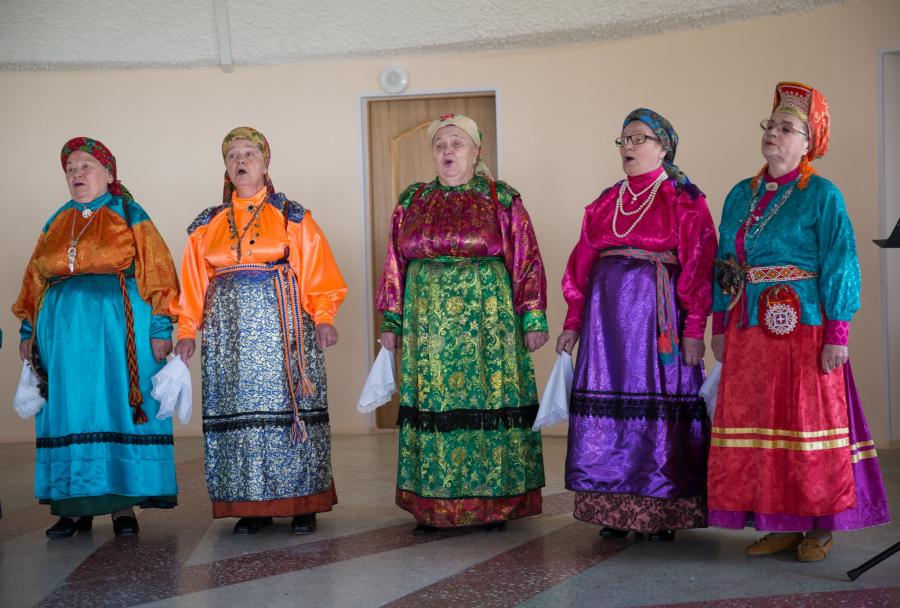This update was prepared and posted by The Altai Project.
In June 2011 the UNESCO Secretariat sent a “Decision” to the Russian federal government regarding the Ukok Plateau, part of a UNESCO World Natural Heritage Site. The document reiterates Russia’s obligation as a signatory to the Convention on World Heritage to observe the Convention’s guidelines and to protect the Plateau. In addition, Russia is asked to provide all documents and plans relating to Gazprom’s Altai gas pipeline project from Russia into China to the Secretariat by February 2012. If Russia does not meet these conditions, UNESCO will add the “Golden Mountains of Altai” and the Ukok Plateau to the list of “UNESCO World Heritage Sites in Danger”.
Despite all appeals by international and local community organizations, Gazprom’s work is already in full swing.
Gazprom subsidiaries are conducting meetings with local residents and landowners along the pipeline’s planned route (Altai Krai: Belokurikha; Altai Republic: Maiminsky and Ust-Kansky Districts, Ongudai District close to Uch Enmek-Karakol Nature Park, along Chuisky Tract to the village of Kurai in Kosh-Agach District). A compressor station along the pipeline is planned for Kurai. From there the pipeline’s route turns through the mountains in the direction of Mukhor-Tarkhaty (Kosh-Agach District) and travels south through the Tarkhatinsky Valley. Finally, the pipeline would traverse Kalguty across the Ukok Plateau (Argamdzhi – Bertek – Kanas) in Russia and into China (Kanas – Betsu).
These lands are to be purchased from local landowners, and as a result there is an ongoing frenzy among locals to register ownership of their traditional lands. In general, many residents have been unable to register their lands due to bureaucratic delays (some intentional!) in approving the registrations.
The Ukok Plateau is undergoing extensive exploratory works (studies of soil, landscape, and permafrost, etc.) including permafrost drilling. Archaeologists, historians, and other specialists have been hired to study cultural and historical heritage sites (kurganburial mounds, ancient graves, petroglyph complexes, etc.). Arrows point to route markers recently erectedResearchers (historians and archaeologists) from Novosibirsk were hired by Gazprom subsidiaries to study cultural and historical heritage sites on Ukok Plateau in August and September 2011.
According to researchers’ unofficial reports (they have officially signed non-disclosure agreements) approximately 30 cultural or historical heritage sites have been identified along the pipeline’s route that require research and either excavation or a pipeline bypass (Kalgutinsky petroglyph complex, considered to be the oldest in Altai Republic dating back to the Paleolithic and known for its “deer stones” at Argamdzhi; the Argamdzhi archaeological complex, and other individual sites along the planned route).
Drilling work is being conducted by three companies (from Krasnodar, Tomsk, and Moscow) hired by Gazprom to study the Ukok Plateau’s permafrost.
According to surveyors (also hired for research) in places along the Tarkhata River valley where the pipeline would encounter steep cliffs, it may be necessary to build metal “shelves” for the pipeline where it would traverse the cliffs.
The pipeline may travel this route – Kalgutinsky Pass – Argamdzhi Valley – along the base of Tavyn-Bogda-Ola Massif – Bertek Massif – Ak-Alakha – Kanas – and then Betsu-Kanas in China – but it is not confirmed.In September 2011 according to a decree by Altai Republic’s Ministry of Forestry, all government-registered Nature Parks became state budgetary institutions, according to which only the park’s director (of five staff) receives an ongoing salary. Remaining staff is hired on a temporary basis as needed (for a month or a week or even just a few days). Thanks to these changes many park employee have resigned, and several directors have taken unpaid vacation.
There is an uncontrolled fire raging near Argamdzhi on the Ukok Plateau that has been burning for two weeks now. Initially attempts were made to put out the fire, but now it has been left to burn. Dwarf birches, shrubs, and other vegetation are burning in the hills and mountains near Argamdzhi; the valley itself is wetlands and tundra.



